Seeker Bio
Iceberg Alley - Newfoundland and Labrador Canada Iceberg Chasing
NL Canada Offers Spectacular Views of Ancient Bergs Drifting Down the Rugged Coastline Via “Iceberg Alley” Each Spring and Summer
Icebergs Float Down the Coast of Newfoundland and Labrador From Greenland and Canada’s Arctic Drawing Tourists From Around The World to Experience the Wonders of The Ancient Glacial Giants
Iceberg Alley - Newfoundland and Labrador Canada Iceberg Chasing is a bucket-list adventure when visiting the scenic Maritimes. “Iceberg alley” is the term used to describe the rugged stretch of coastline extending from Labrador to the southeast coast of the island of Newfoundland. Popular towns which are accessible by road for viewing bergs in NL include St. Anthony, Twillingate, Bonavista and the Capital City of St. John’s. In fact, a variety of boat tours operate out of these areas allowing travellers the opportunity to get up close and personal (at a safe distance) with the ancient glacial ice chunks. The best time to view icebergs in Newfoundland and Labrador is in usually in May and June, however, the season can be as unpredictable as the weather with large numbers of bergs appearing as early as April and lasting into July - or not many icebergs at all. 2023 was a big year for berg chasing on the island attracting both locals and tourists alike to popular locations, such as Ferryland and Twillingate, to take in the icy natural attractions.
What exactly is a Newfoundland and Labrador Iceberg?
An iceberg is a piece of ancient glacial ice that has broken off from a glacier or ice shelf and is floating in open water. This process of separation is referred to as “calving” and despite floating in the salty ocean, icebergs actually consist of frozen fresh water. Additionally, the majority of a berg lies beneath the surface of the sea with only an approximate 10% of its mass visible above water. This is where the phrase “the tip of the iceberg” originated, meaning that there is more below the surface to be revealed or explore. Icebergs also come in many different shapes and sizes with unique features and characteristics and are classified based on their physical structure. Astonishingly, the bergs that reach Iceberg Alley in Newfoundland and Labrador Canada while iceberg chasing on the east coast were formed during the last ice age and are over 10,000 years old. Just imagine, an ancient wooly mammoth may have walked across the berg you are viewing or even have ancient ice age remains frozen inside!! Scientists estimate the lifespan of an iceberg to be about 3000 years, from the time it falls as snow on a glacier until it melts away into the ocean.
Iceberg Alley - Newfoundland and Labrador Canada Iceberg Chasing Adventures
Icebergs are classified based on their shape and size and also range in colour from white to blue. Bergs are mostly white because the ice is filled with micro air bubbles which reflect the light. However, many icebergs appear blue in colour or have bluish streaks present indicating that there are no air bubbles to reflect white light in those areas. White ice is formed inside of an ancient glacier when air bubbles between snowflakes are trapped as snowfalls compact over thousands of years. Blue bubble free ice is formed when glacial meltwater floods crevasses in the ice shelf and freezes so rapidly that it prevents air bubbles from forming. Furthermore, it is also very common to notice dark streaks or brown areas present on or throughout bergs which is often simply airborne dust, dirt or even volcanic ash from an ancient historic eruption.
Classification of Icebergs Based on Shape and Size
Icebergs come a wide variety of shapes and sizes and are described as blocky, wedge, pinnacle, dry dock, domed, tabular or non-tabular based on the average height to weight ratio. Different types of bergs based on size include growlers, bergy bits, small, medium, large and very large according to height above sea level, length and weight. According to the Government of Canada, a growler is considered less than 1 metre above sea surface and less than 5 metres in length while a bergy bit is 1 metre to less than 5 metres above the ocean with a length of 5 metres to less than 15 metres. Small to large icebergs range in size from 5 metres above sea level to more than 75 metres. I call those big tall icebergs the skyscrapers of the sea and they are quite a spectacular sight to behold. Unfortunately, pack sea ice also fills the coves and harbours during berg season and can trap marine life, such as dolphins and whales. In fact, this past March 2023, a pod of dolphins became trapped in sea ice along the coastline of Heart’s Delight-Islington NL Canada requiring rescue efforts by local residents, the fire department and professionals from Fisheries and Oceans Canada. The good Samaritans done an amazing job saving the lives of many distressed and endangered dolphins.
Unique Characteristics of Ancient Icebergs to Look for While Berg Chasing in NL Canada Include Caves, Pools, Dark Streaks, Striations or Even Historic Fossils
While iceberg chasing along magnificent “iceberg alley” in Newfoundland and Labrador Canada, the first and most obvious characteristic of bergs that caught my eye was the shape and size of the icy structures. However, pack your travel binoculars to ensure a closer look for unique characteristics including black streaks or deposits, ice tunnels, caves, animal remains and chiseled striations. Black deposits, as shown in the photos below, could simply be deposited airborne dirt or it could possibly be something more interesting such as compacted volcanic ash from an ancient eruptions. Interesting carvings at the base of grounded bergs close to shore exhibit the erosive power of the the salty North Atlantic Ocean as it’s icy waters eat away at the freshwater ice mountains from another age. Examples of archeological findings left by melting glaciers include remnants of reindeer hunts in the mountains of Norway dating as far back as 1500 years ago. Locally In Newfoundland I have heard reports of explorers finding remains of birds embedded into the walls of icebergs.
Drone Technology Allows Explorers More Up Close and Personal Views of Ancient Icebergs in Newfoundland
With personal drone technology rapidly growing in popularity and affordability in Newfoundland and Labrador, iceberg enthusiasts can capture amazing views of bergs from sky high revealing hidden features not always visible from sea level. One particular example is of a mountainous berg that looked fairly “ordinary” from sea level but was secretly hiding an inside pool upon further investigation with drone videography. In fact, you can view the specific iceberg in the gallery featured at the end of article. Other exciting features to look for when viewing icebergs include caves or tunnels chiseled out by the forces of the sea. I once seen a large sea ice arch collapse near the coastline of Bonavista NL and it was an iceberg chasing moment I won’t soon forget. I remember hearing a loud crackling sound followed by a sudden thunderous crash into the icy waters below. It was an unforgettable travel experience and I wish I had of caught it on video to share - however icebergs are highly unpredictable and could collapse and catch one off guard at any given moment.
The Best Places To View Icebergs in Newfoundland and Labrador Canada
Top rated destinations for iceberg chasing on magnificent “iceberg alley” in Newfoundland and Labrador Canada include towns such as St. Anthony, Twillingate, Bonavista, Trinity, La Scie, Bay Bulls, Witless Bay, Cartwright, Battle Harbour, Point Amour and the Capital City of St. John’s. The more popular viewing locations are accessible by roadway and offer iceberg viewing tour boat services. Depending on your adventure level, local companies sometimes offer both zodiac and larger traditional boat boat tours to transport guests to the icy mountains floating in the sea. Personally, I am comfortable on rough seas and prefer the more adventurous and intimate zodiak boat tours. Personal flotation survival suits were provided to guests for safety and warmth on the wild and icy North Atlantic Ocean zodiac boat tour - but don’t forget your hats and mitts!! If travellers are not comfortable at sea in a small open zodiac boat, the larger more traditional tour boats offer shelter, seating, washroom facilities and often on-board entertainment by local musicians. Additionally, be sure to keep your eyes peeled for whales and sea birds such as puffins, bald eagles, osprey and gannets while on the water.
Popular Locations in Newfoundland to View Icebergs From Land
Popular locations in Newfoundland to view icebergs from land include coastal segments of the East Coast Trail, Signal Hill National Historic Site, Cape Spear, Long Point Lighthouse and Fort Amherst just to name a few. Iceberg chasers in NL can sign up for iceberg alerts at www.icebergfinder.com, “your guide to all things bergy”, or download the mobile “iceberg alley” app for berg and whale sightings created by app designer Brandi Gosse. The adventure app is available on the App Store or Google Play and allows both locals and tourists the ability to share current sightings and help each other locate iceberg and whale sightings in real time. The icebergs shown on icebergfinder.com come from photos and videos posted by local iceberg hunting ambassadors and also from satellite detection. Furthermore, the satellite detections use data from the National Aeronautics and Space Administration (NASA), Canadian Space Agency (CSA) and the European Space Agency (ESA) - which I thought was pretty amazing!
Iceberg Chasing Safety Considerations and Traveller Tips for Viewing Bergs in Newfoundland Canada
Icebergs and the wild and icy North Atlantic Ocean are both very unpredictable forces of nature and iceberg chasing safety considerations must be taken very seriously by travellers. In fact, bergs pose a risk of falling ice chunks and they can become unstable and flip or roll without warning triggering extreme waves endangering onlookers who are too close by. Safety recommendations suggest maintaining a distance equal to the length of the iceberg or twice its height - whichever is the largest. Safety is of utmost importance as the icy waters of “iceberg alley” are dangerous and unpredictable and can prove quickly lethal if a person goes overboard. Always wear life jackets and flotation survival suits as provided and instructed by tour operators - it could save your life!! Additionally, please don’t overnight in top of icebergs in the bay!! Yes you heard me right HAHA! 2 hard core adventurers were spotted camping out on top of an iceberg in a small tent this past Spring in Newfoundland and Labrador Canada!!!
Traveller Tips For Iceberg Chasing in Newfoundland and Labrador Canada
The number one travel tip I always give to tourists wanting to view icebergs in Newfoundland and Labrador Canada is to dress properly for the occasion. The weather in the East Coast province of NL is rapidly changing and can go from a hot sunshiny day to a snowstorm all in the blink of an eye!!! In fact, the weather is the butt of many jokes here on the island and visitors must be prepared for all four seasons of weather conditions. Additionally, it is extremely important to remember that the temperature on land is completely different than the temperature at sea. Don’t be fooled by the heat onshore and be prepared to dress warmly and pack a pair of gloves and a toque just in case you need them. It’s much better to have them than to not have them!! Furthermore, if you are prone to sea sickness I recommend taking a non-drowsy antiemetic, such as Ginger Gravol, 20-30 minutes prior to boat departure as the ocean swell can become quite nauseating to some. And last but not least - don’t forget your binoculars and cameras for capturing memories and enjoying up close views of icebergs, puffins, whales and so forth while exploring the magical province of Newfoundland and Labrador Canada.
Iceberg Chasing in Newfoundland and Labrador is a Canadian Bucket-list Adventure
In conclusion, berg hunting in NL Canada is a must-do activity when visiting the scenic Maritimes. With long-term shifts in weather patterns and temperatures, the worlds glaciers are melting at an alarming rate making iceberg viewing a very special and significant experience. Be sure to add iceberg hunting in spectacular Newfoundland and Labrador to your world travel bucket-list!
Iceberg Alley - Newfoundland and Labrador Canada Iceberg Chasing
is an Epic Adventure You Don’t Want to Miss
Ancient Glacial Ice is a Sight to Behold Drifting Down from Greenland and Canada’s Arctic Via “Iceberg Alley”
Travel Guide
-
Newfoundland & Labrador
When you subscribe to the blog, we will send you an e-mail when there are new updates on the site so you wouldn't miss them.



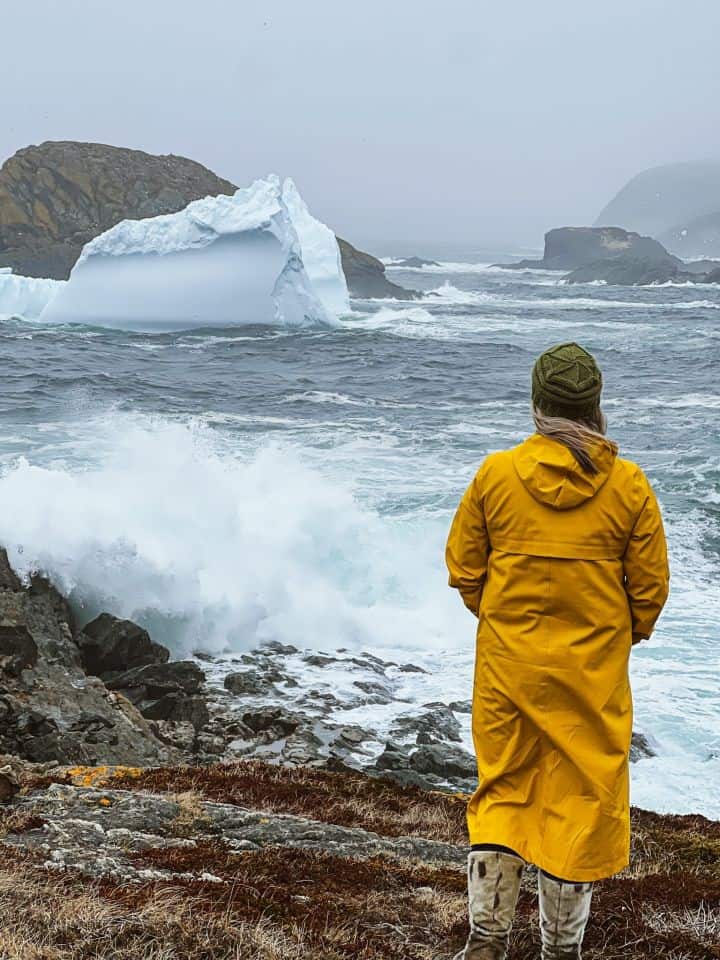
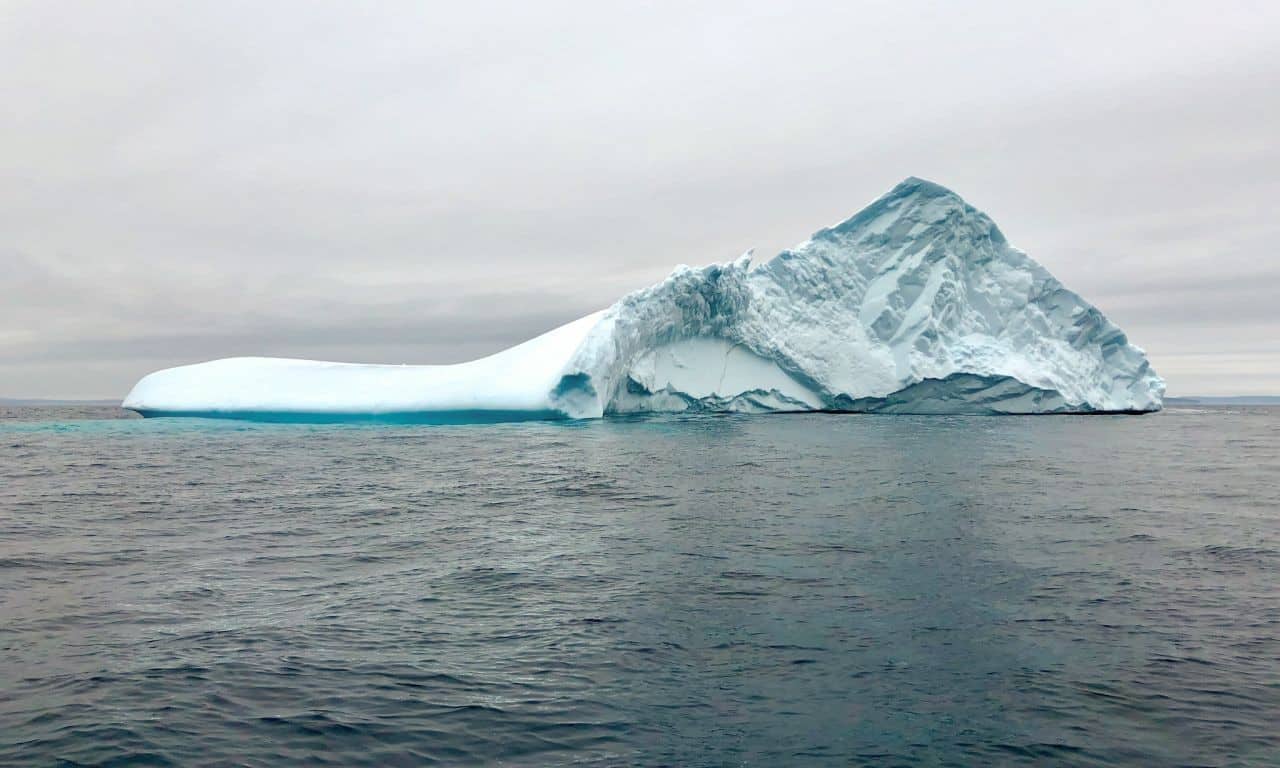

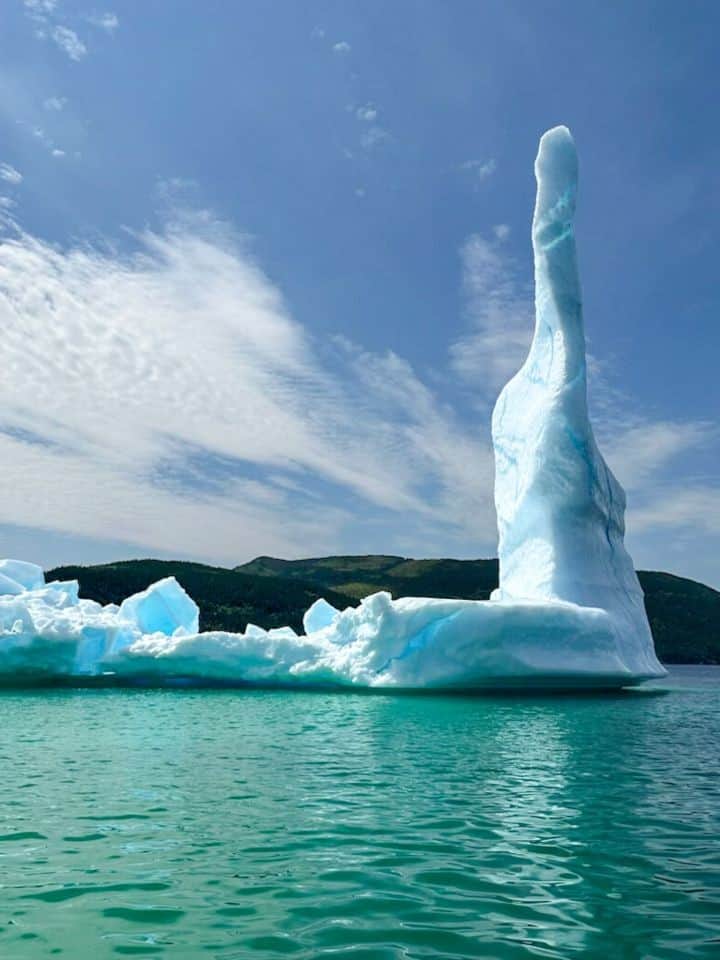

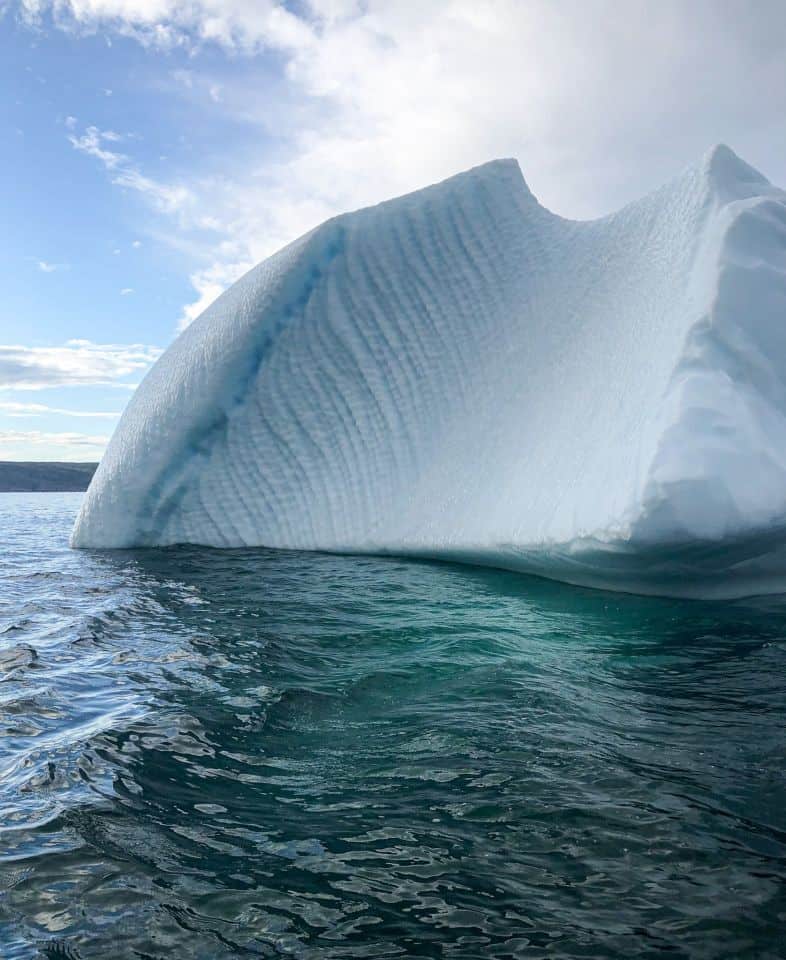
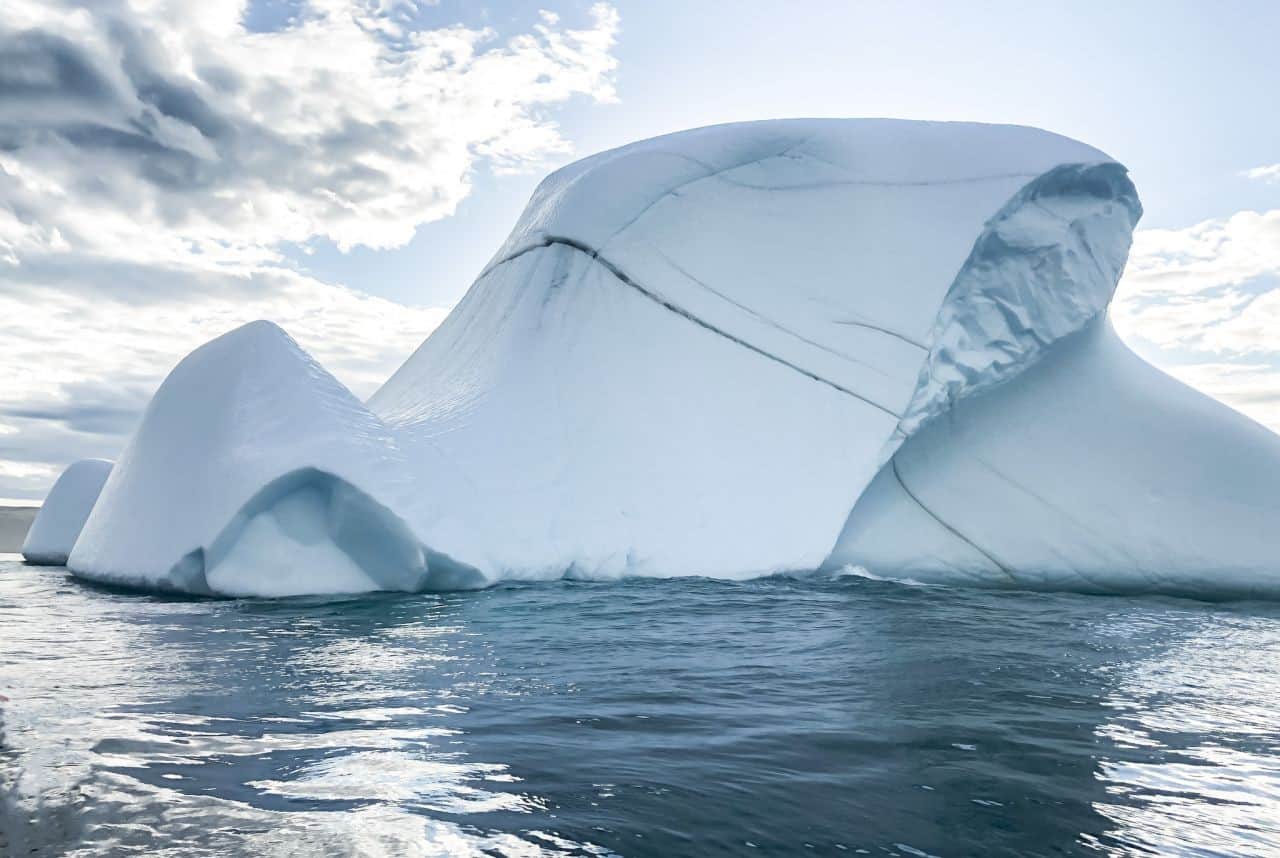
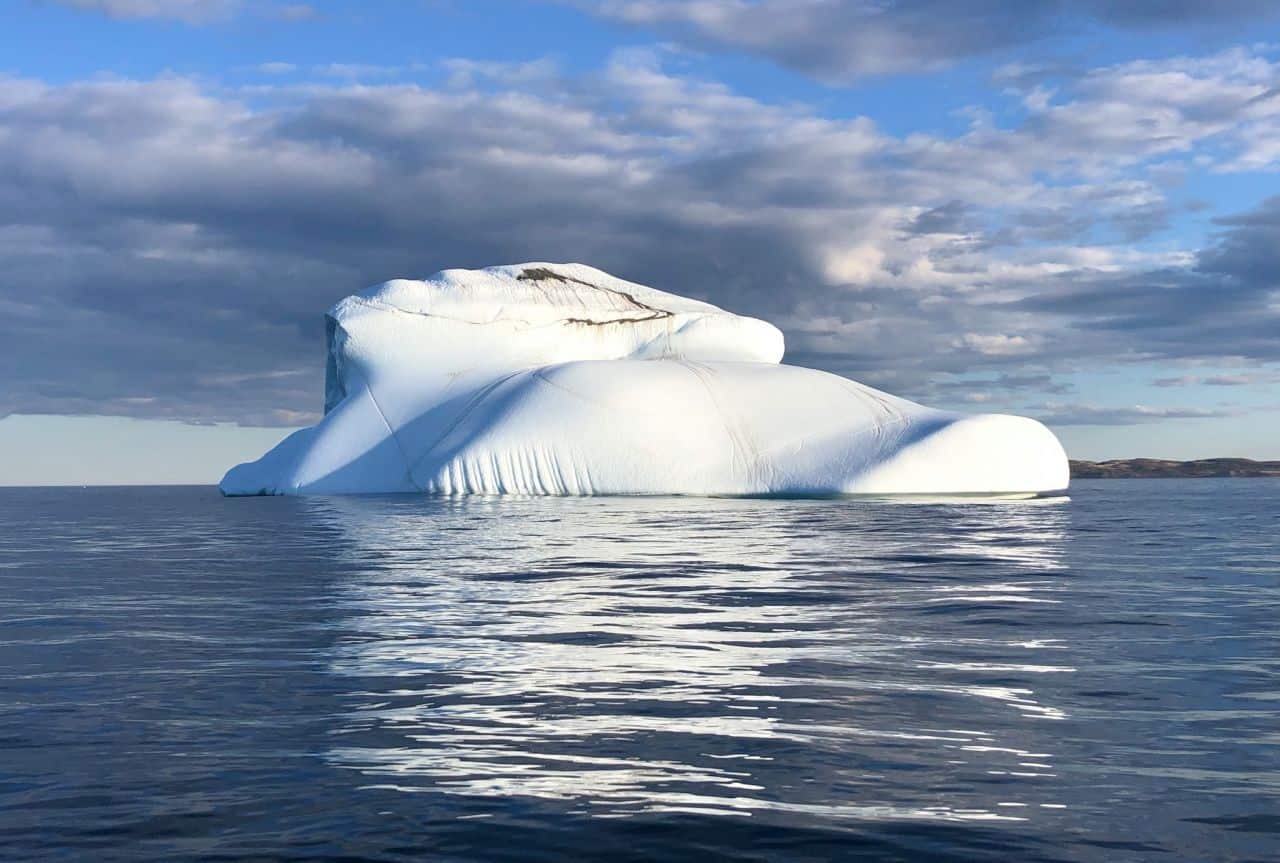
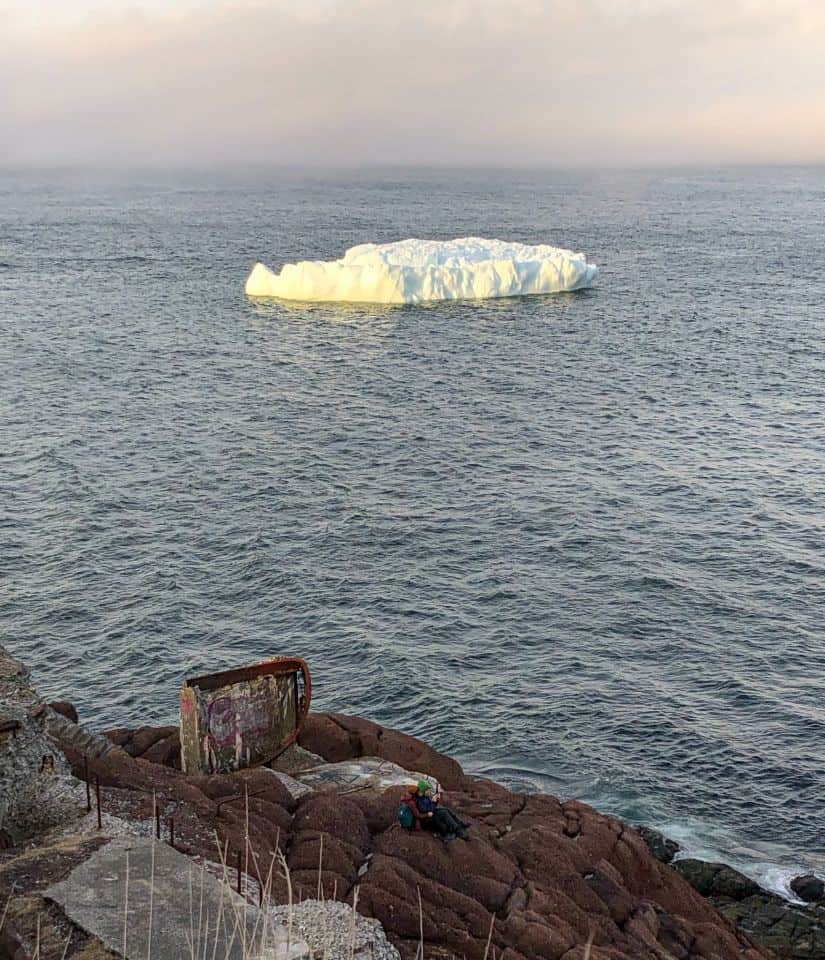
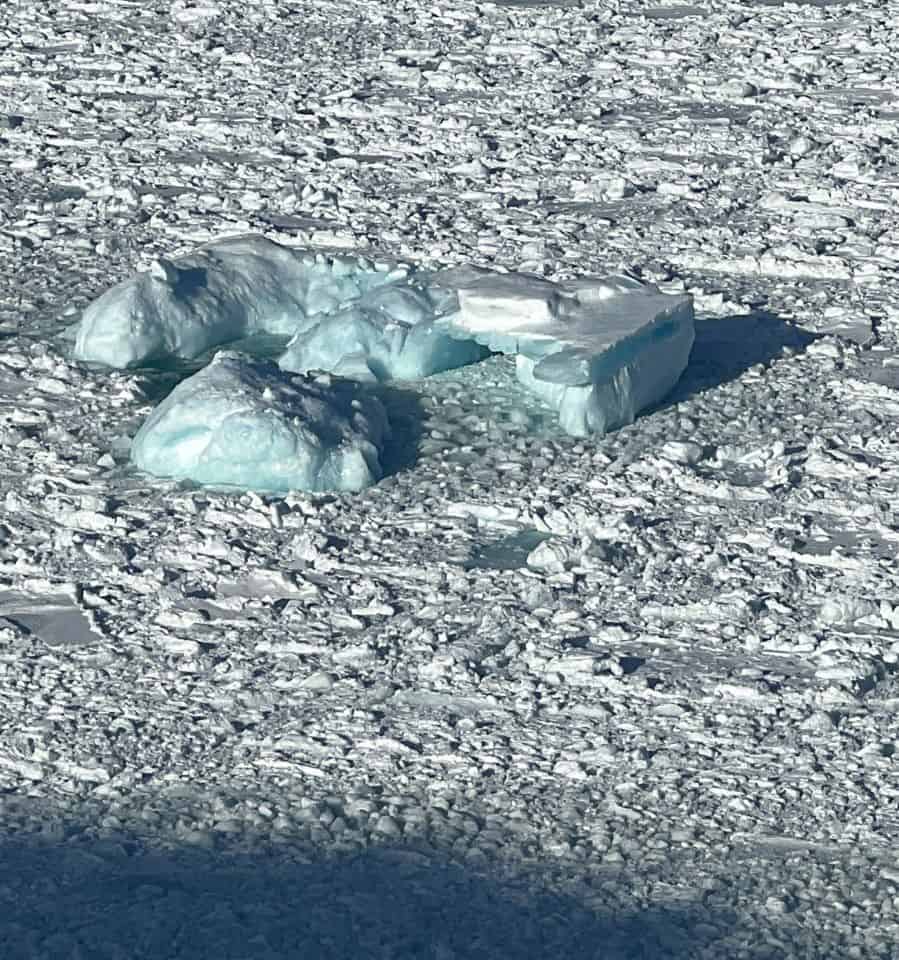
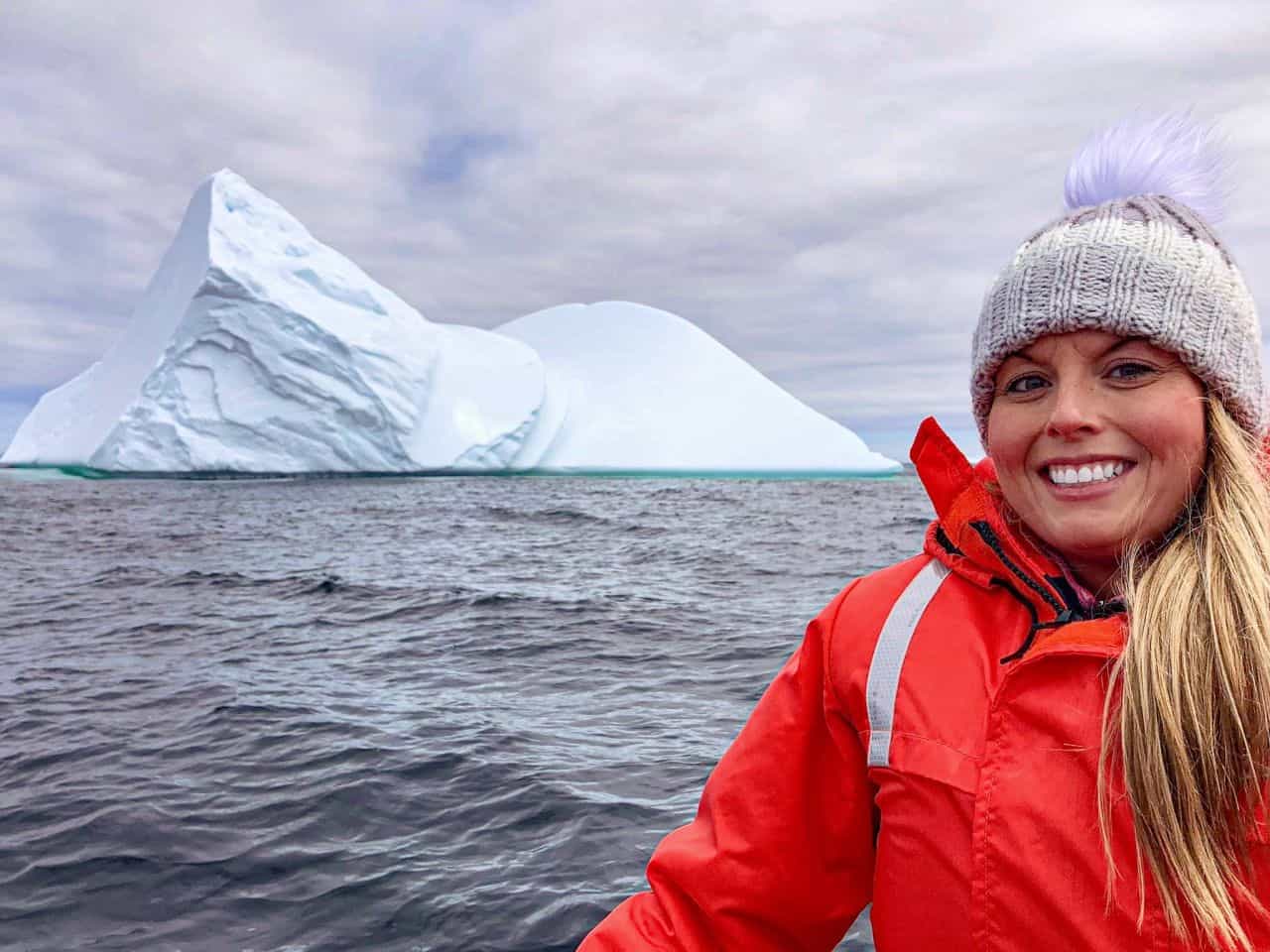
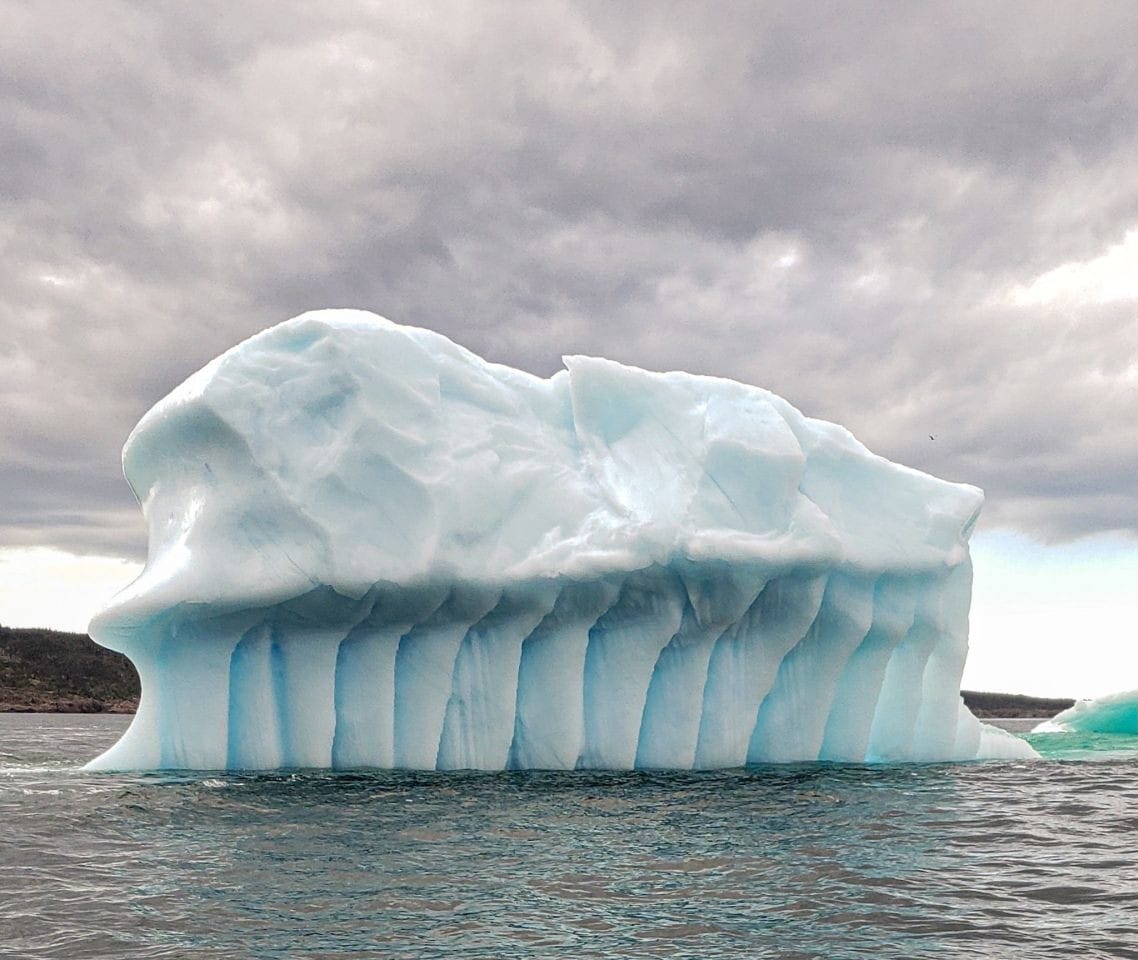
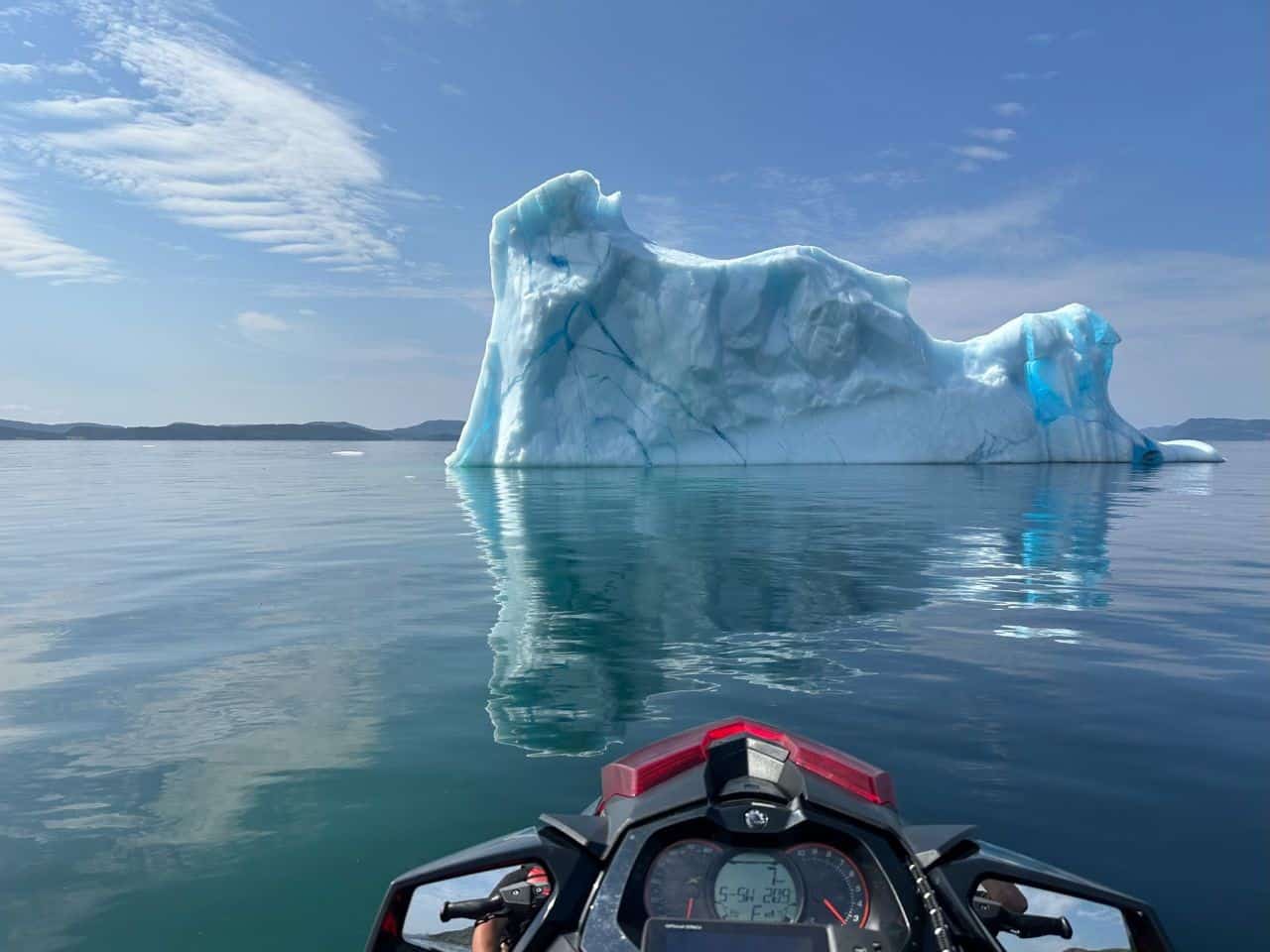
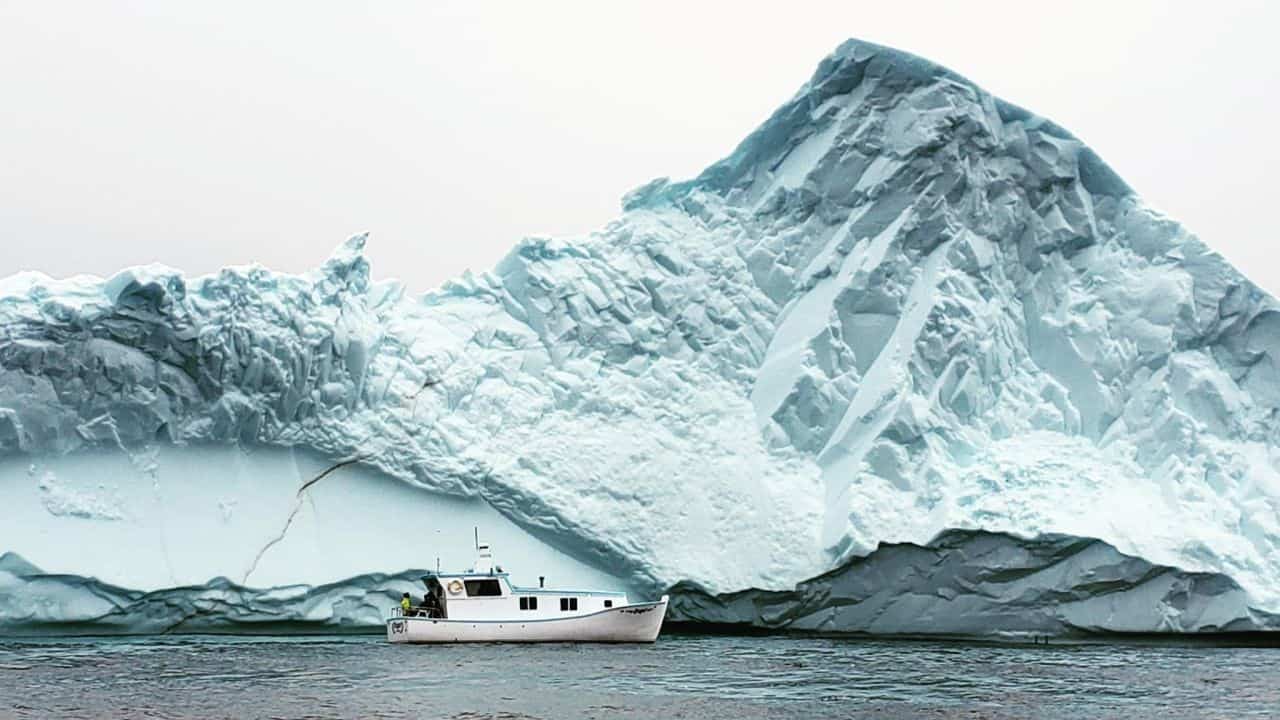
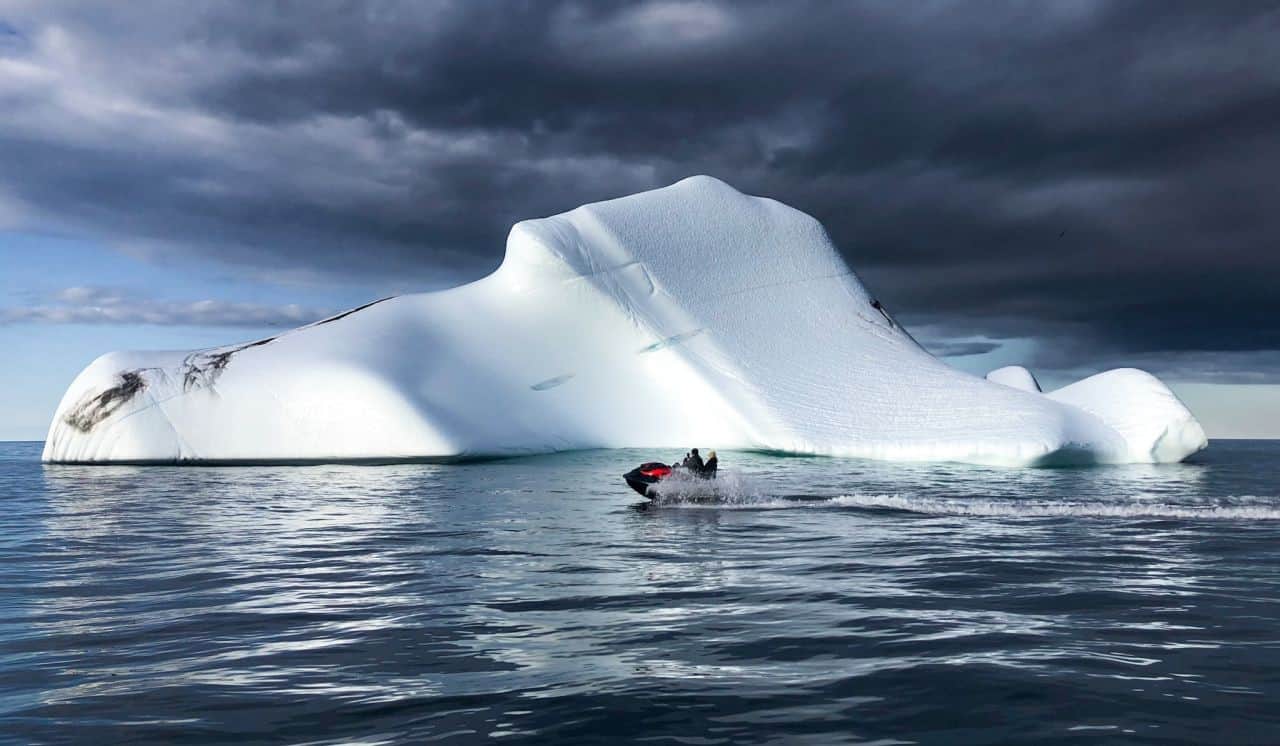
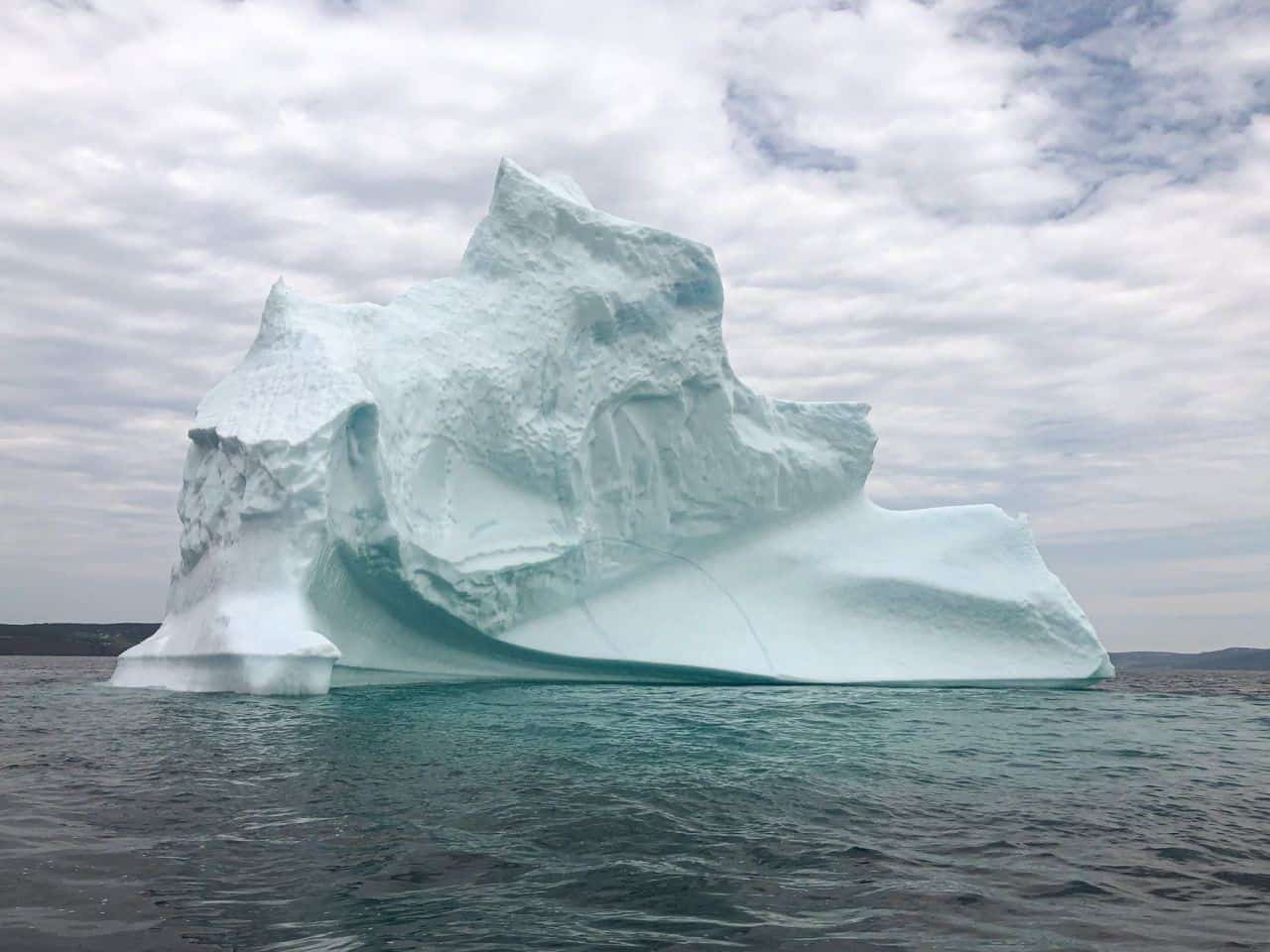
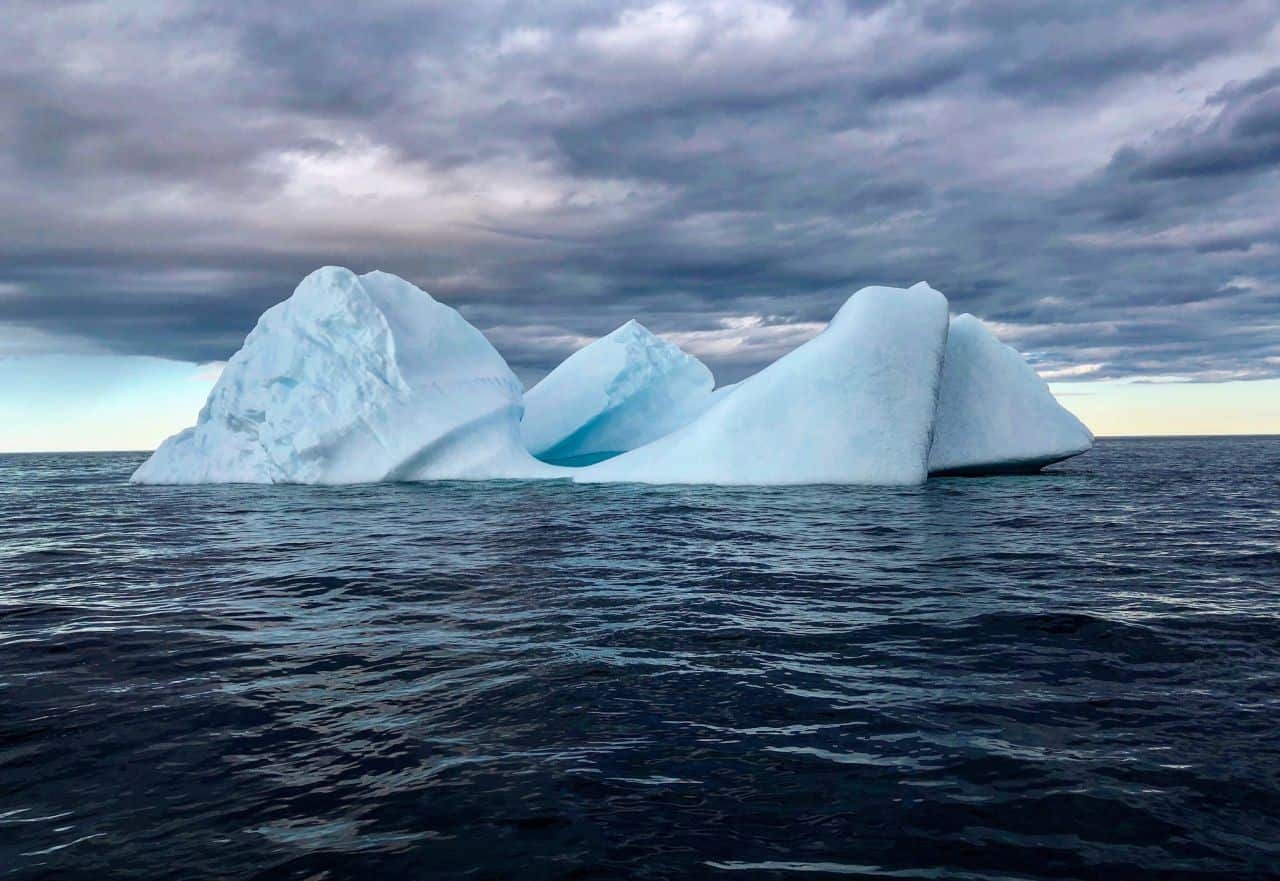
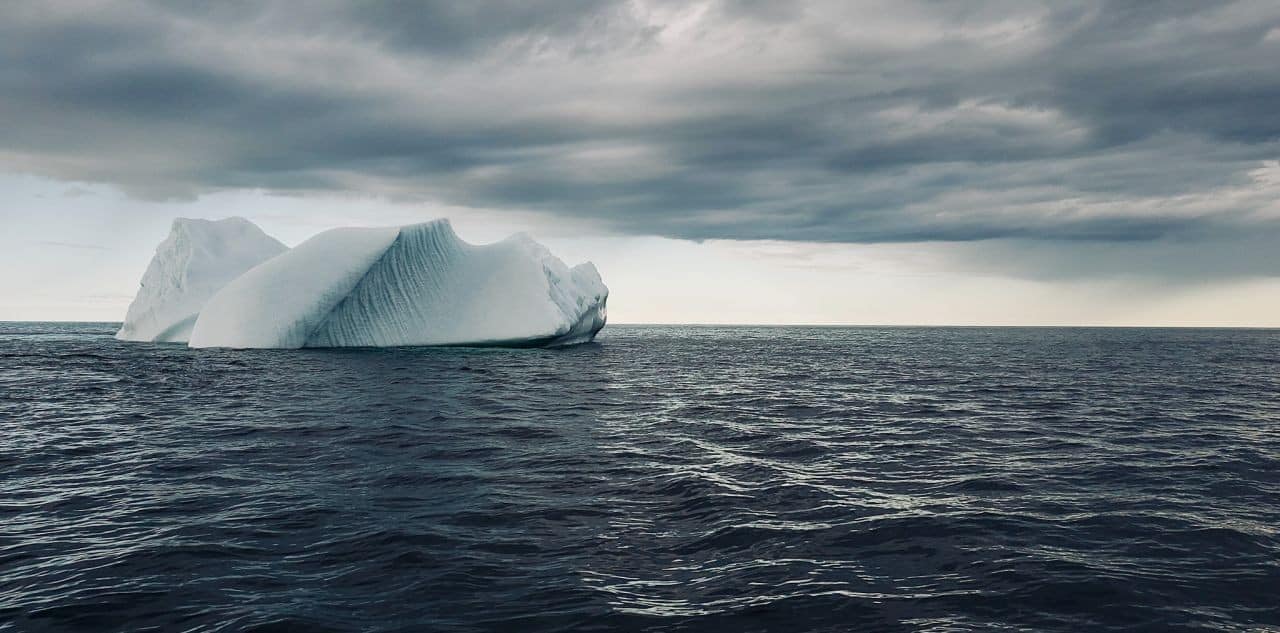
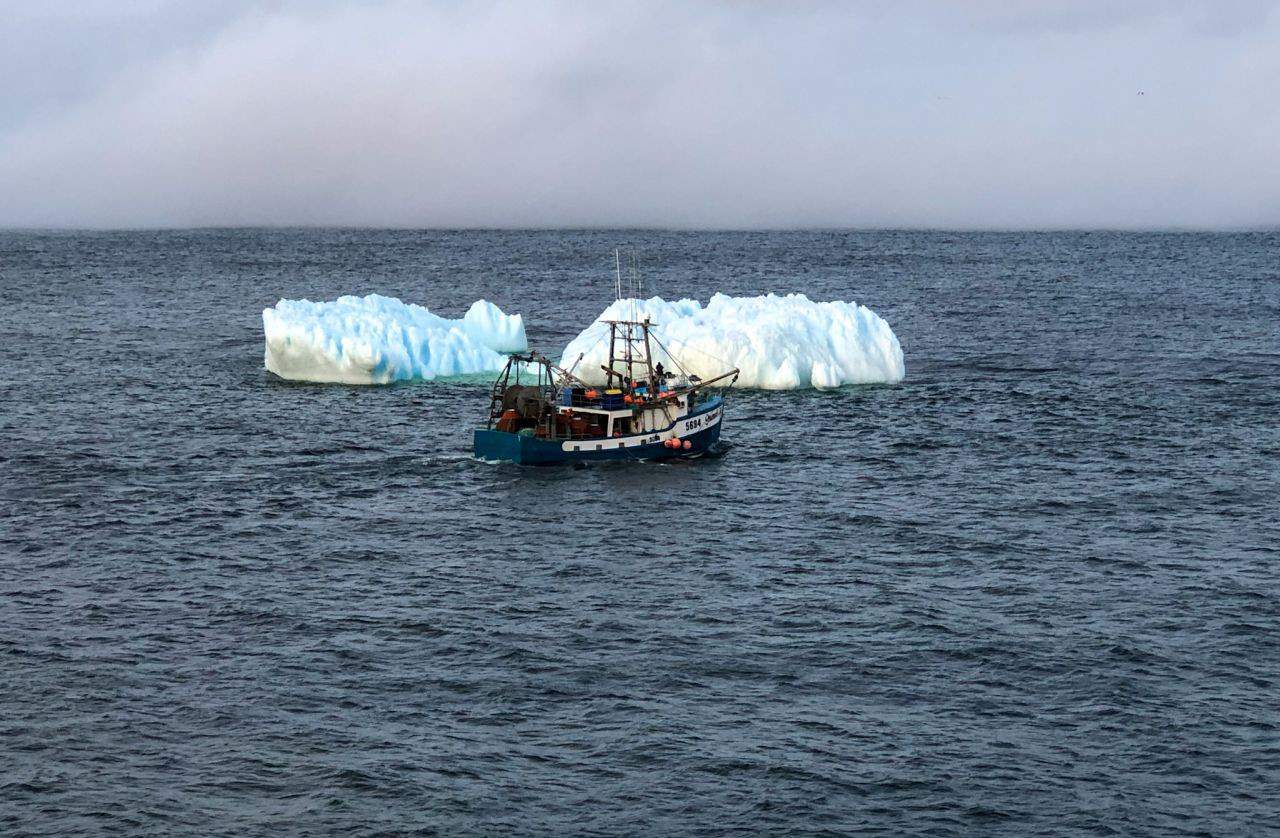
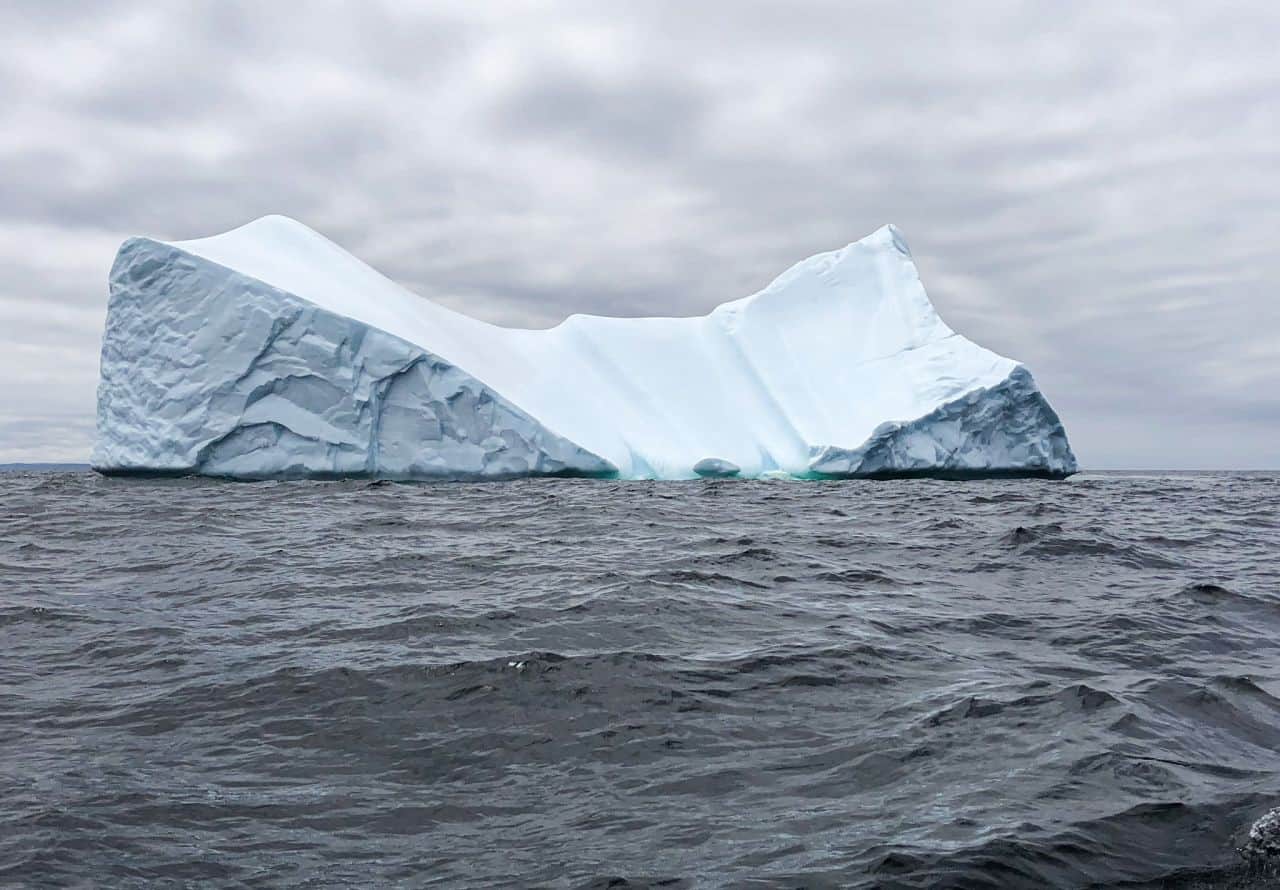
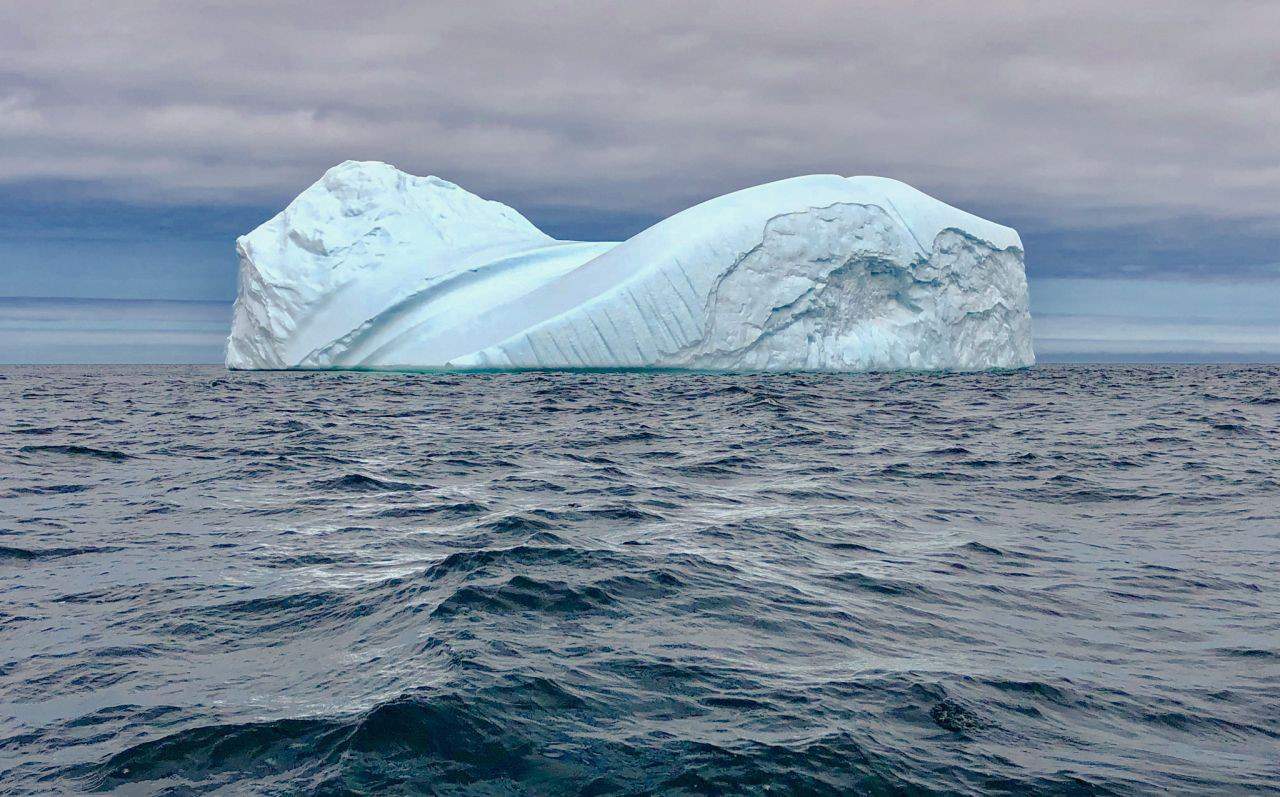
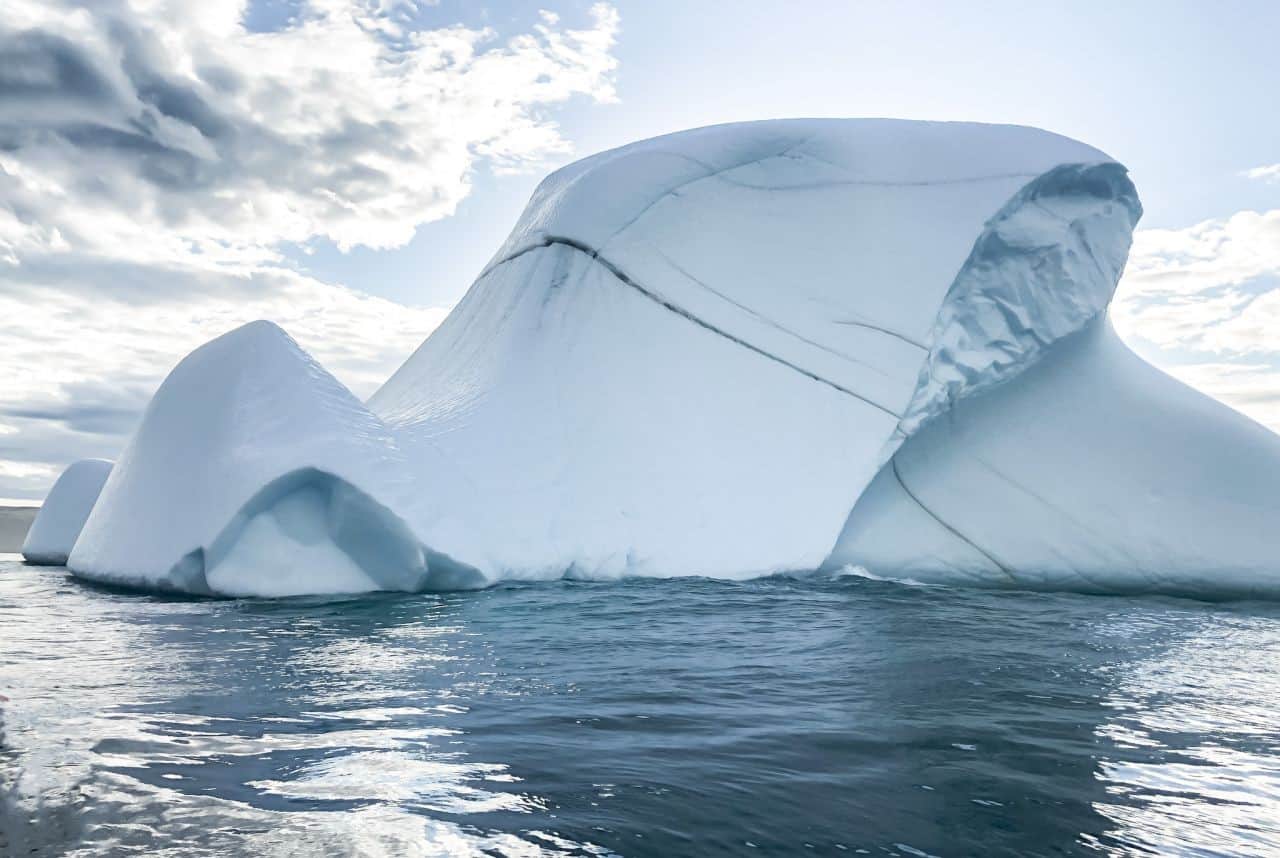
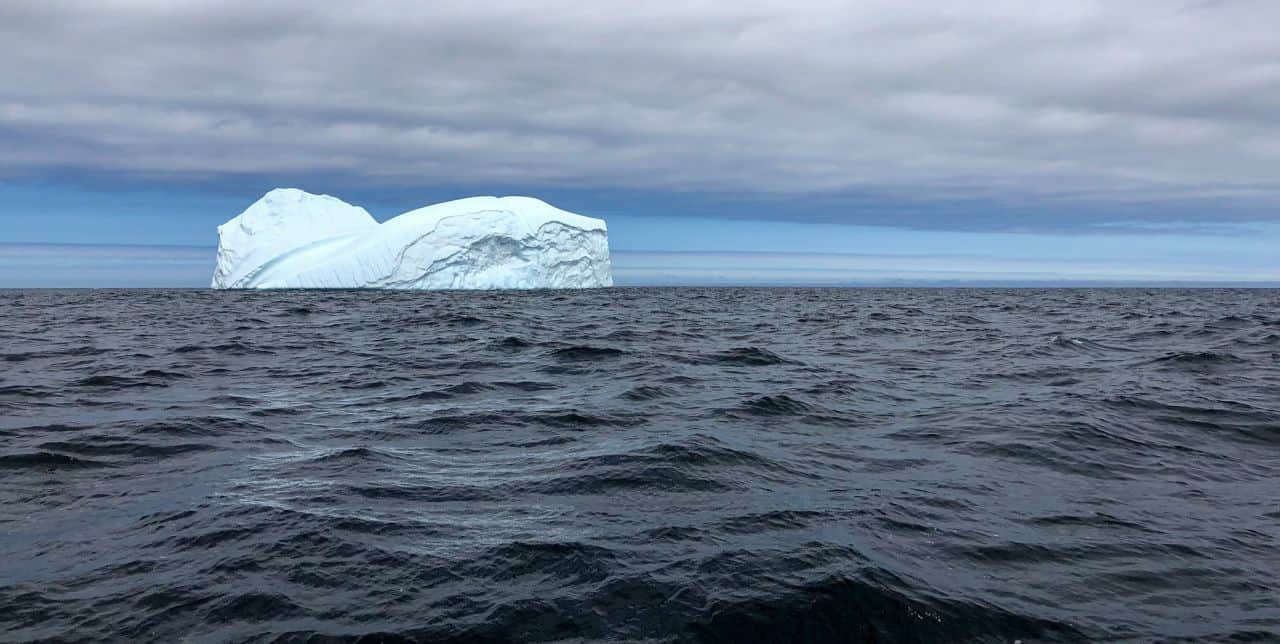
Comments 6
Cora Lee, your iceberg photos are just wonderful. I really enjoyed your information and tips about iceberg watching. I have been to Newfoundland and was lucky enough to go on a small boat as it took us near an iceberg that had drifted into the harbour. They seem much bigger when you get closer so it was even more impressive.
Thank you for reading and the positive feedback Diana! My current living location is in Twillingate Newfoundland. Twilly is known as the iceberg watching capital and sits along the famous “iceberg alley” sea route. Can you even believe this is out my back door? It truly is magnificent to see the ancient ice chunks float by!
This is definitely a bucket list item for me! Great information, and amazing photos. Can't wait to get out there one day
Oh I know you would LOVE it Andrea! I just happen to be living along iceberg alley so all ya need is a plane ticket! Spring 2024!
Great article!
Thank you Jesseca! Im super excited to announce that I’m in the process of moving to Twillingate NL this week. I purchased a property on the one and only iceberg alley. I can literally iceberg watch from my bedroom! Exciting times!